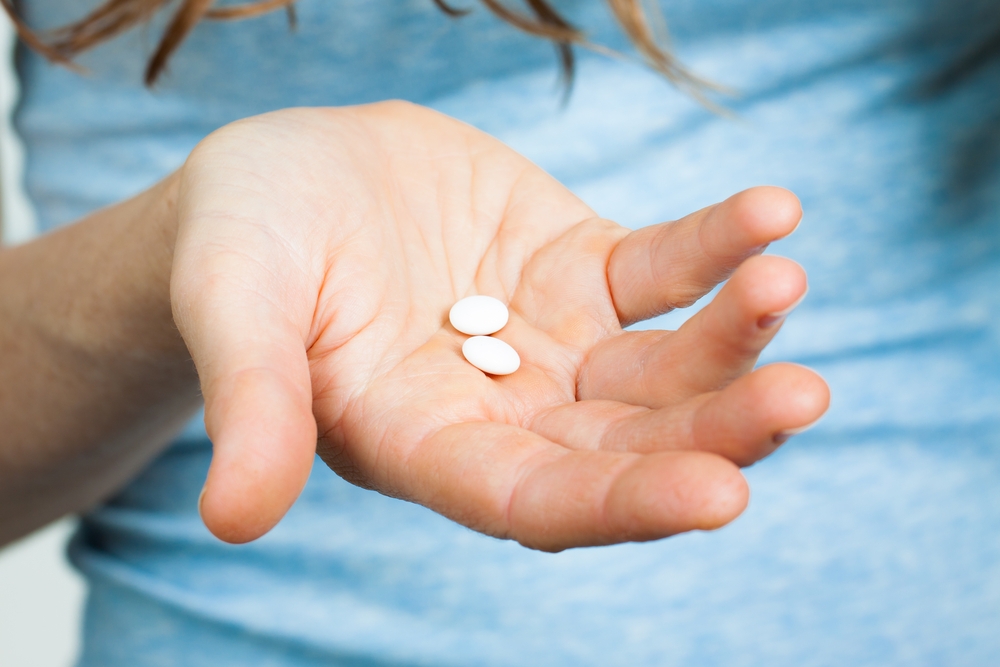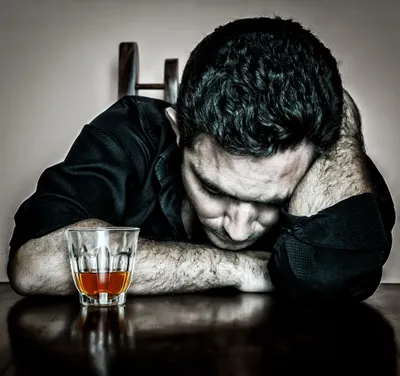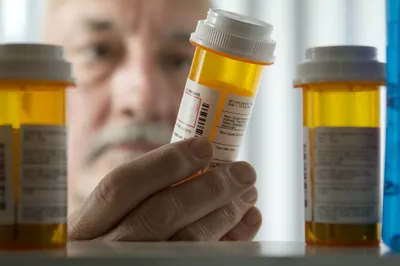Millions of people suffer with terrible bodily pain. The only way they get through each day is by taking pills that alleviate the aches and suffering. They understand the relief is only temporary, but there is no easy alternative. They must get up and go to work and get things done, and they need a way around their pain. Hopefully for them, the alleviation of symptoms is substantial enough that it stabilizes their quality of life.
However, problems can occur when patients rely on pain medications (or opioids) the same way they rely on food and drink. Addiction can also develop if the pills are left unattended for others to get their hands on, or if they are given away to an un-prescribed source without thought about the dangers or harm. The hard cold facts about opioids are that these drugs and can do serious harm, and their use must be carefully regulated by a professional or else the repercussions could be dire.
1. More Deadly than Traffic Accidents
The results of a study completed by The American Medical Association are startling: people who consume high doses of prescriptions painkillers have a greater risk of death. In 2009, an estimated 37,485 people died as a result of drug overdoses and brain damage from long-term drug abuse. Meanwhile the death toll from motor vehicle mishaps was 36,284. The U.S. Centers for Disease Control expected the number of drug-related deaths would rise. Prescription drugs were to blame for the increased death toll, says Dr. Leonard Paulozzi, medical epidemiologist at the CDC’s division of unintentional injury prevention. He added that the bulk of drug-related deaths were from accidental opioid overdoses.
2. Teens at Risk
Prescription drugs are common and easily accessible, so it should be no surprise that teenagers turn to opioids more often than any other illicit drug, aside from marijuana. The United States Drug Enforcement Agency states that one in 7 teens admits to using prescription drugs for non-medical purposes. And the problem tends to start early on with 60-percent of the teens who abused prescription pain pills admitting they experimented before the age of 15. A lack of experience and understanding doesn’t help the situation. Data shows that many teens believe the drugs are safe because they have legitimate uses, and don’t recognize that using these drugs to get high can be as dangerous and addictive as using street drugs, like heroin and cocaine.
3. The Pleasure and Relaxation Mask
Feelings of relaxation and physical euphoria are great when you have done something to achieve them, such as vigorous exercise. However, when these same blissful feelings result from taking pain medication, they are only temporary. Yet when the pleasurable sensations come over you it feels like a welcome respite after having suffered the unpleasant and painful experience. The problem comes when individuals repeatedly seek these pleasurable experiences by way of painkillers. This is the hallmark of addiction. Opioid-based pills in particular have the side effect of euphoria. Many painkillers induce relaxation. In the case of intense pain resulting in hospitalization, Demorol is often used to alleviate the greatest discomfort.
4. Nasty Withdrawal Symptoms
Once you’ve become addicted, getting off pain killers is a battle. It’s a tough enough struggle when you have proper medical help and emotional support. The process may begin with the realization that the pain medication was only masking the pain and not solving the actual problem. Many patients increase their dosage only to find that making through each day was getting tougher and tougher. During withdrawal the symptoms can be intolerable— insomnia, restlessness, diarrhea, vomiting, cold flashes with goose bumps, and involuntary leg spasms.
5. The “Passing On” Problem
Unlike family recipes, pain pills aren’t meant to be passed on to others. Accepting prescriptions pills from friends or a family member is never a good idea no matter how innocent the intent, even if the idea was to save the sufferer money. Yet it happens far more often than people might think, and numbers from the U.S. Substance Abuse and Mental Health Services Administration back this up, reporting that 70-percent of people get their prescription painkillers from someone they know, 10-percent purchased the pills, and 5-percent took them without asking.
6. Short-term Gain For Long-Term Pain
It makes sense that if someone has just had surgery or broke a bone, they would benefit tremendously from pain medication. But so much pain in the modern world is not due to post-surgical discomfort or major injury. It is long-term–as in the case of arthritis and back and never pain–and the pain medication taken to achieve short-term results just won’t do. So why is it then that an estimated 90-percent of people with chronic pain are prescribed opioids, medication specifically designed for short-term solutions, even despite evidence indicating that nondrug treatments may provide relief with less risk? What’s more, there’s limited evidence to show that opioids help or are safe when used long term.
7. Mixing Pills With Alcohol
An alcoholic drink at nighttime isn’t so innocent when you’re using it to wash down opioid pain killers, especially for an extended period of time, and consuming more than one drink. Yet people routinely disregard this caution. A study of those who regularly take prescriptions pills for chronic pain reported that 12-percent of people consumed 2 or more alcoholic drinks within 2 hours of taking an opioid. About one-third said they took sedatives with an opioid. Worst of all, roughly 3-percent admitted to combining the painkiller with alcohol or sedatives.
8. The (Central) Nervous Outcome
The human central nervous system (CNS) isn’t something to toy with. Remember that this part of the body consists of the brain and spinal cord. When you combine opioids, alcohol and medications such as sedatives, the CNS response is to leave you feeling fuzzy headed with slowed and depressed breathing. You are much more impaired than if you had just consumed alcohol or medication alone. You may even be at risk of death. Research shows that most opioid deaths involve alcohol or other drugs. Experts advise against the consumption of alcohol with taking opioid pain medication, claiming that there is no safe level to consume.
9. The “Rules” For Opioid Use
A guide for the safe use of opioid drugs lists the “rules” for their consumption. If you are addicted, chances are you’re not concerned about these warnings. They are:
- Read the label and take the drug exactly as directed.
- Make sure your doctor knows if you have sleep apnea, or if you develop a cold, an asthma flare-up, bronchitis or any other respiratory problem.
- Don’t drive or do anything that requires full alertness until you know how an opioid will affect you.
- Put opioids in a safe place (i.e., a locked cabinet) to prevent children from taking them or others from using them for recreational purposes.
- If you are using opioids for chronic pain, [consult] your doctor about how you will be monitored.
- Discard unused pills.
10. Why Do Non-drug Options Go Unheeded?
We have all heard of nondrug treatments for chronic pain and yet we keep hearing about the rampant overuse–and abuse–of prescription painkillers, despite all the evidence that they are not effective for long-term pain and in many cases are even harmful, and of course, addictive. Meanwhile, there is growing evidence that nondrug treatments help in a number of cases—including acupuncture, massage, physical therapy, and yoga for alleviation of back pain; meditation, relaxation therapy, and exercise to lessen headaches and migraines; low-impact exercise to ease the effects of osteoarthritis; cognitive behavioral therapy and tai chi for fibromyalgia pain. The catch is that all of these treatments take time and effort, while taking a pill does not.













